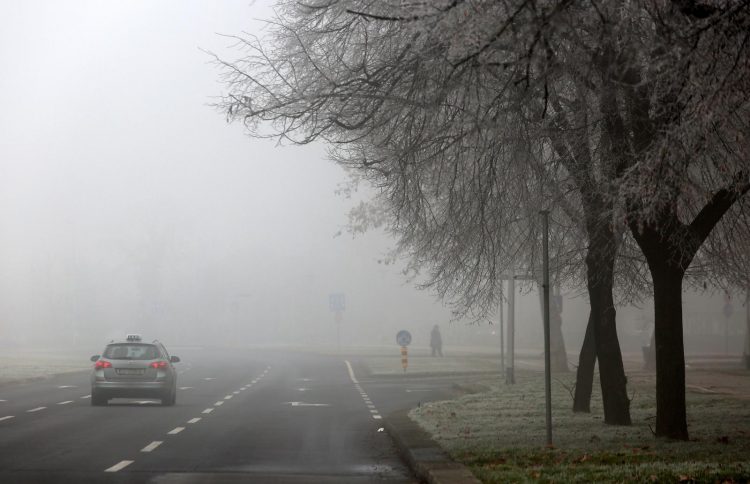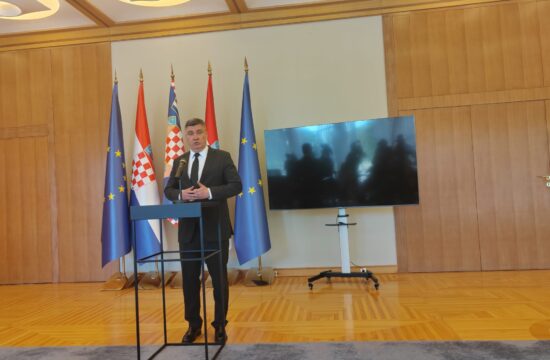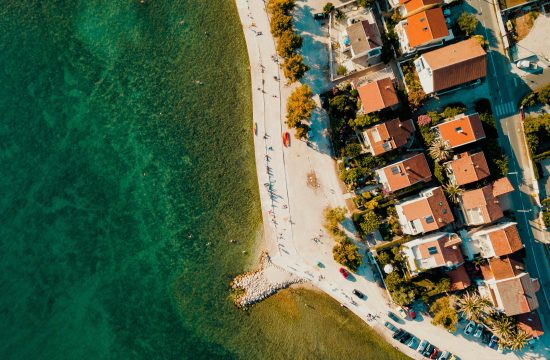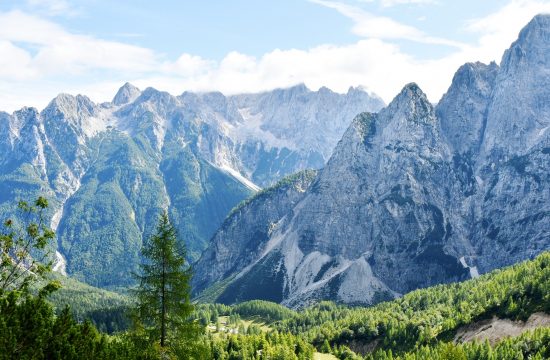
The eastern Croatian city of Slavonski Brod is the third worst city for the quality of air according to the European Environment Agency (EEA) data, which indicates that more than half of European cities still have polluted air despite reduced emissions during the pandemic lockdown.
The situation is worst in eastern Europe where coal continues to be the main source of energy.
The most polluted air was registered in Nowy Sacz in Poland where the biannual average of fine particulate matter on an area of less than 2.5 micrometres (PM2.5), that are considered to be damaging to health, amounted to 27.3 micrograms per cubic metre.
Cremone in Italy ranked second with 25.9 micrograms PM2.5 per cubic metre and Slavonski Brod ranked third with 25.7 micrograms PM2.5 per cubic metre.
Three cities with the cleanest air in Europe were Umea in Sweden (3.7), Tampere in Finland (3.8) and Funchal in Portugal (4.,2).
Poor air in Zagreb too
This year’s PM2.5 average in Zagreb amounted to 15.8 micrograms per cubic metre which means the air is of poor quality and presents a moderate health risk. In Rijeka it was 10.6, which is moderate pollution, according to EEA.
EEA analysed data for 323 European cities in 2019 and 2020 and determined that only 127 had a PM2.5 level below the limits recommended by the World Health Organisation (WHO).
Exposure to fine particulate matter cause more than 400,000 premature deaths per annum in Europe.
The EEA data indicates that the biannual average is only available for those cities that are regularly monitored and does not include all European cities.
EEA notes that the lockdown due to the pandemic resulted in a decrease in the level of nitrogen dioxide released from diesel motors but the level of particulate matter remained high.
The level of nitrogne dioxide fell by 60% in some cities due to the lockdown in April 2020 while the reduction in particulate matter was less dramatic – with the level of coarse particulate matter (PM10) falling between 20% and 30% in April 2020.
Even though the quality of air improved significantly last year, air pollution remains to be stubbornly high in many cities in Europe, EEA Executive Director Hans Bruyninckx said.





Kakvo je tvoje mišljenje o ovome?
Budi prvi koji će ostaviti komentar!